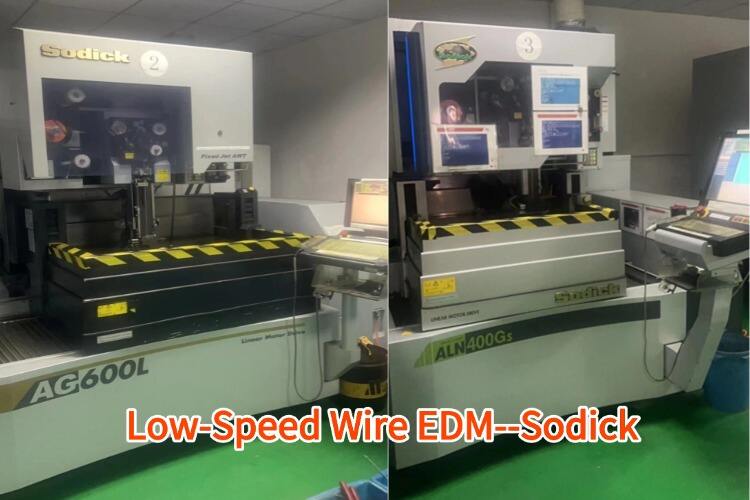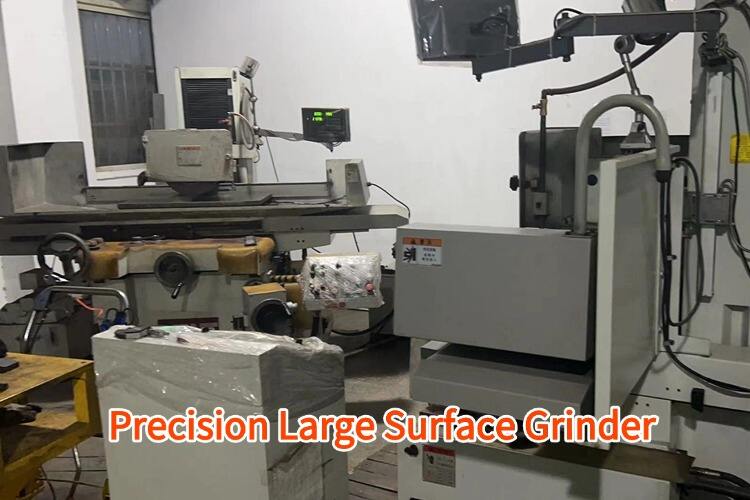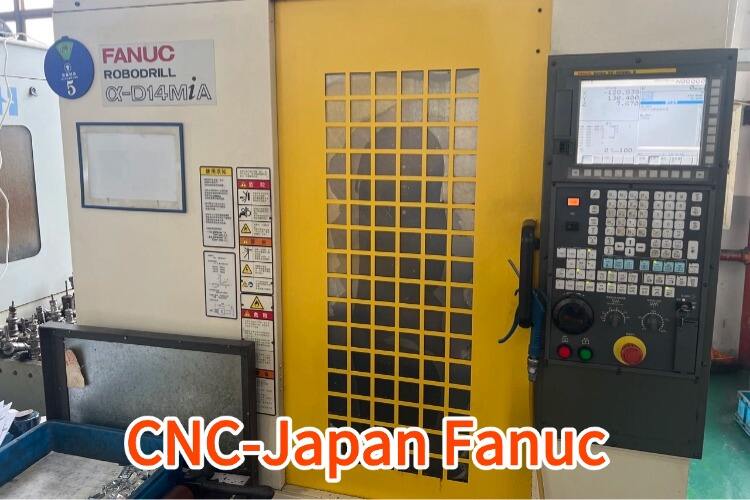electroplating surface treatment
Electroplating surface treatment is a sophisticated industrial process that involves depositing a thin layer of metal onto the surface of a conductive material through electrochemical reactions. This versatile technique employs an electric current to transfer metal ions from a solution onto the substrate, creating a durable and aesthetically pleasing finish. The process begins by immersing the workpiece in an electrolyte solution containing dissolved metal salts, where it serves as the cathode. When an electric current passes through the solution, metal ions are reduced and deposited onto the substrate surface, forming a uniform coating. This treatment serves multiple purposes, including enhancing corrosion resistance, improving wear resistance, increasing electrical conductivity, and providing decorative finishes. The technology allows precise control over coating thickness, ranging from microscopic layers to several hundred micrometers, depending on the application requirements. Industries ranging from automotive and aerospace to electronics and jewelry manufacturing rely on electroplating for both functional and decorative purposes. The process can be customized to deposit various metals, including gold, silver, nickel, chrome, copper, and zinc, each offering unique properties and benefits for specific applications.


